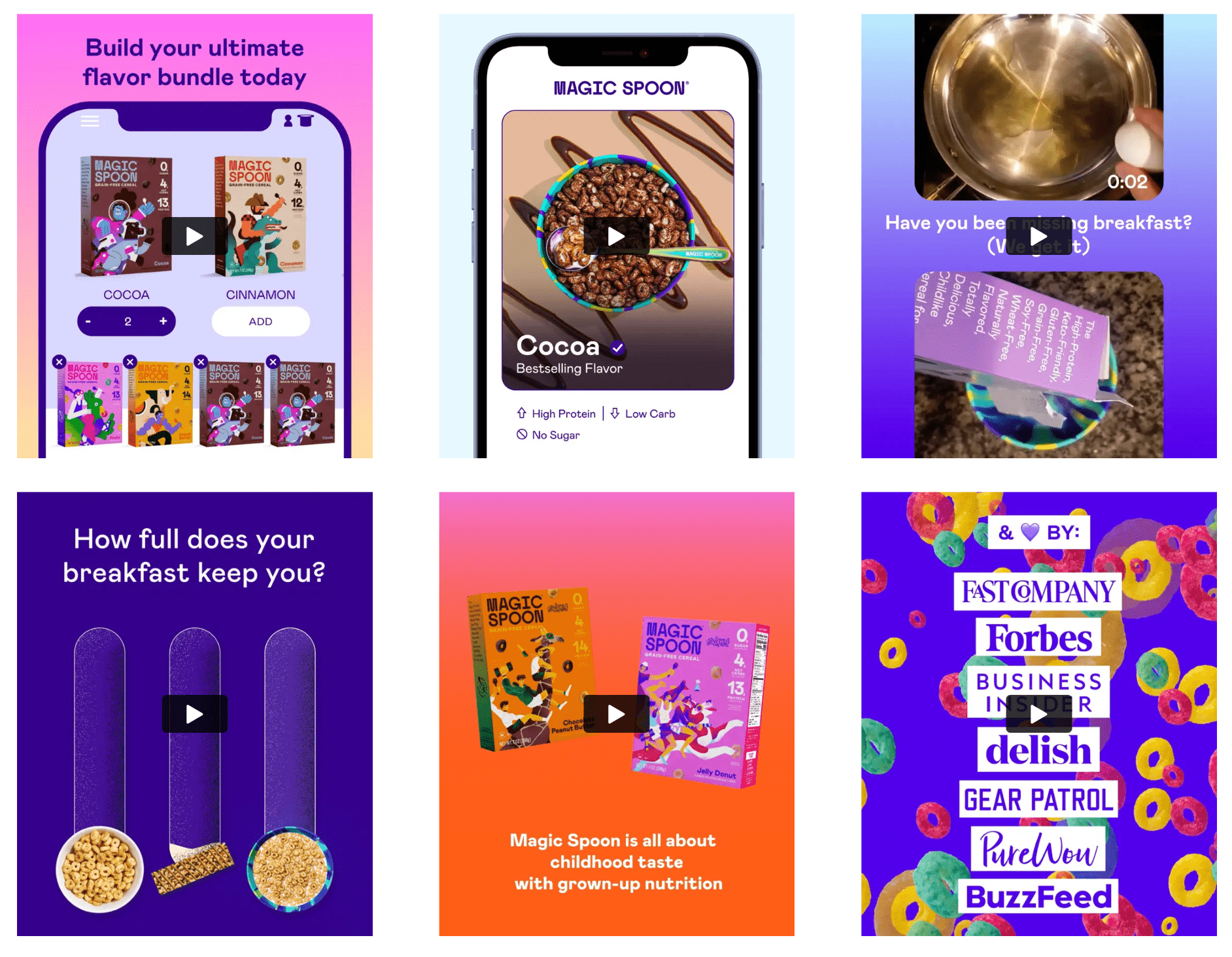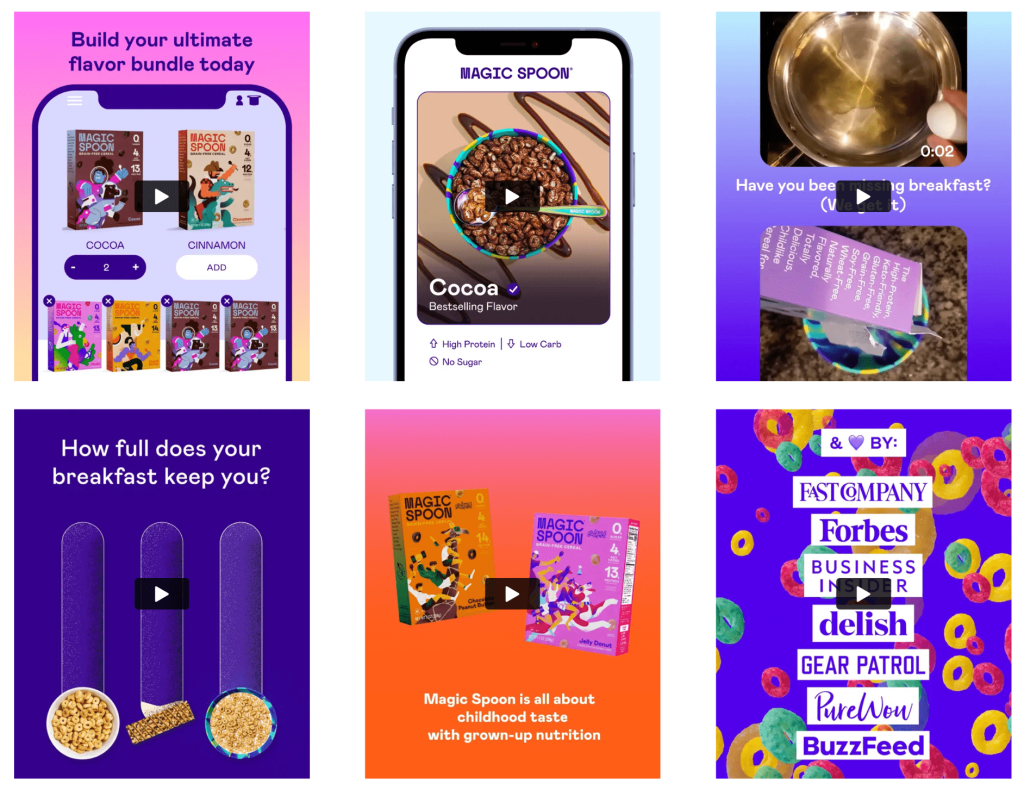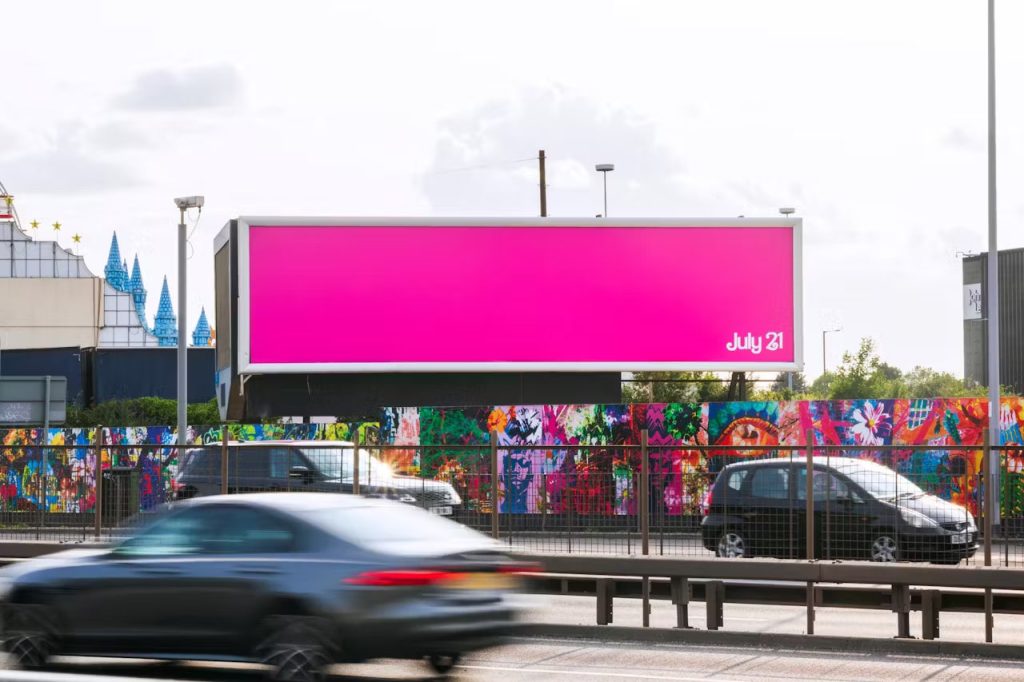
When Your Budget Won’t Budge, Disrupt the Pattern.
Meta’s reach is still unmatched—but its price tag keeps climbing. Average CPMs have surged to $10.88 USD in Q1 2025, up 19% year-over-year, and Canadian advertisers now wrestle with increasing country-level CPMs too. Yet most performance teams aren’t getting 19% more budget to keep pace.
So how do you squeeze bigger results out of the same spend? Pattern interruption is the cheat code. By deliberately breaking the visual or behavioural “autopilot” in a user’s feed—think neon colour-pops, sudden motion, or raw UGC footage—you buy the split-second of attention every click depends on. The beauty: these creative tweaks cost next to nothing to test, but they can double CTR, slash CPAs, and lift ROAS without a single extra dollar in media.
In other words, if rising CPMs are the headwind, pattern disruption is the sail. Let’s unpack the three easiest levers—starting with colour—and show the data that proves they work.
1/ Colour-Pop Creative
“If everyone’s feed is beige—be fuchsia.”

Meta’s interface is a sea of desaturated blues, greys and off-white cards. Drop a slab of neon pink (or any high-saturation, high-contrast colour) into that environment and you trigger the Von Restorff “isolation” effect—our visual system flags the oddball item as novel and worth a closer look.
A scientific research published in the Journal of Interactive Advertising in 2014 based on a field test of 1.5 million impressions found warm-red box ads beat cool-blue variants for CTR on a news site—illustrating that high-chroma hues win the click in cluttered environments.
Remember how the Barbie movie owned the iconic “Barbie Pink” color in their campaigns? At one point, the colors and the ads became so recognizable that the below was considered an effective OOH ad.

So we know interrupting customers’ “doom-scroll” with stand-out colors works, but how do we now implement this in our campaigns?
- Contrast, then brand. Keep the background loud but lock your logo, product shot and type in consistent brand colours so recall survives the shock.
- Plan for fatigue. The same hot pink loses novelty fast; schedule a fresh hue once frequency tops ~8 or reach passes one million or a comparatively relevant chunk of impressions in a market.
- Test small, scale fast. Validate thumb-stop rate (3-second views in videos) or CTR in image ads on a minimum $50 split test, then roll the winner into Business-as-usual ad sets or campaigns.
Colour-pop is a near-zero-cost optimization lever: you’re paying the designer, not the algorithm, to double your CTR. Deploy it deliberately, measure the pause, and refresh before that neon shade becomes just another piece of feed wallpaper.
2/ Motion-First Formats (Reels, short video, speed edits)
“Your first KPI isn’t the click—it’s the pause. Motion buys that pause.”
The eye is hard-wired to chase movement: a sudden shift in an otherwise static stream triggers the orienting reflex—our built-in “look over there!” alarm. Hit that reflex within the first two seconds, and you win the pause that every click (and sale) depends on. The shorter the video and the earlier the motion, the bigger the interruption.
Here’s an amazingly well-put compilation by content creator Jason that showcases great examples for this particular principle.
Now, having seen this in action first-hand it is time to implement this in our campaigns. Below are few considerations to deploy this tactic successfully.
- Shoot vertical, think mobile-first. Record 9:16, keep key elements in the centre “safe zone,” and export at ≤ 15 s.
- Lead with movement or a face. A jump-cut, whip-pan, or simply a human turning toward camera in frame-1 is enough to trigger the orienting reflex. Layer both (motion + eye-contact) for a double interrupt.
- Caption for sound-off, delight with sound-on. Use on-screen text or burned-in subtitles so the ad sells even on mute; add music or VO that hits when audio is enabled.
- CTA by second 6. Meta’s internal heat-maps show attention decay after ~6 s—get the ask in early.
- Micro-budget the test. Duplicate your winning static ad set, drop in a 10-15 s motion edit, spend $50–$100, and compare thumb-stop rate (3-second views) plus CPA.
- Rotate before fatigue. Just like colour-pop creatives, short-form video loses novelty around 1 M impressions or ~2–4 weeks; freshen hooks or swap actors before CPMs creep up.
Static ads whisper; motion shouts just long enough for the user to listen.
Add even a tiny dose of video or Reels to your Meta mix and, on average, you’ll reach more people for less, convert at higher rates, and keep ROAS pointed north—no extra media dollars required.
3/ Lo-Fi UGC Authenticity — make your ad feel like a friend’s Story
“Polished is nice; authentic converts.”
Polished studio shoots scream “ad” the moment they appear; most thumbs fly straight past. Drop a shaky phone clip, a creator selfie, or an unfiltered product demo into the same feed and it blends in with organic posts, slipping past the brain’s “skip-this-ad” reflex. The result: instant pattern disruption without neon colours or fancy motion.
This kind of content has always been popular with niches such as cosmetics and fashion brands, and has now rapidly grown in popularity across many other niches as well. Below is an example of UGC video by Sofia Richie Grainge for the cosmetic brand: Glossier
A growing body of real-world data shows just how potent lo-fi, creator-shot ads can be;
- Disruptive Digital’s cross-vertical benchmark of e-commerce accounts found that creator-shot ads average a 22 % lower CPA while generating a 30% higher ROAS than polished studio assets—proof that the gains aren’t confined to a single niche.
- Influee’s 2025 survey of 400+ paid-social campaigns reports that UGC ads deliver up to 4× higher CTR and can slash content-production costs by as much as 50%, making them both a conversion play and a budget saver.
Now, let us look at how we could successfully deploy these tactics in our campaigns.
- Test hooks cheap.
Start with a static meme-style image or screenshot to identify messaging that pops; script your UGC video around the winner to minimise reshoot risk. - Go modular.
Ask creators for multiple intros, problem statements, and CTAs in one shoot. Ten clips give you 100+ possible edits when you mix-and-match. - Leave the “uhs” in.
Minor stumbles, background noise, even slightly uneven lighting all signal realness. Over-editing kills the native vibe—and performance. - Benchmark thumb-stops.
Track 3-second views ÷ impressions. If your UGC doesn’t hit 30 %+, tweak the first line or opening frame before worrying about the rest. - Rotate fast.
Like colour-pop and motion, UGC fatigue sets in once frequency passes ~8 or reach tops 1 M impressions. Shoot a fresh batch each month; recycle evergreen hooks.
Meta’s auction isn’t getting any cheaper, but out-bidding everyone isn’t your only option. By deliberately breaking the scroll-pattern you can win the all-important pause—and everything that follows—without touching your media budget.
Put the above tactics together and you have a pattern-disruption playbook that scales: rotate colour palettes every few weeks, refresh motion hooks monthly, and batch new UGC each quarter. Track thumb-stop rate, CTR and CPA; kill the laggards fast and funnel spend into the winners.